The Forer (Barnum) Effect
The Forer (Barnum) Effect
I am sure that most of you have seen those posts which claim to tell you your personality by the way you sleep, by the way you eat Oreos, by the date you were born (astrology & horoscopes), by what your favorite color is, etc. You may be surprised at how many people actually believe in these personality “tests” (maybe you do, too?). The Oreos one is my favorite because it is beyond stupid. If you haven’t seen it, here is one of the many sites which feature the “quiz.” I especially find the “psychologists have discovered” part distasteful, as people generally believe everything claimed to have been discovered by scientists. Here is one of the many versions out there:

So, if all these “tests” are bogus, then why do people believe in them? Why would anyone be convinced that they work if they, in fact, do not? The answer is simple: the Forer Effect (sometimes called the Barnum Effect).
Basically, the Forer (or Barnum) Effect is the tendency of people to rate statements about their personality as highly accurate, even though these same statements could apply to almost everyone else.
In 1949, Bertram R. Forer published a study in the Journal of Abnormal and Social Psychology where he describes how the phenomena works. In the study, Forer had 39 of his students take a personality evaluation task (which he himself made) called Diagnostic Interest Bank. One week later, he gave his students their “personality sketch” and instructed them to refrain from showing it to each other.
“It was essential,” Forer wrote, “that no student see the sketch received by any other student because all sketches were identical.” All the sketches had the following statements:
You have a great need for other people to like and admire you.
You have a tendency to be critical of yourself.
You have a great deal of unused capacity which you have not turned to your advantage.
While you have some personality weaknesses, you are generally able to compensate for them.
Your sexual adjustment has presented problems for you.
Disciplined and self-controlled outside, you tend to be worrisome and insecure inside.
At times you have serious doubts as to whether you have made the right decision orvdone the right thing.
You prefer a certain amount of change and variety and become dissatisfied when hemmed in by restrictions and limitations.
You pride yourself as an independent thinker and do not accept others’ statements without satisfactory proof.
You have found it unwise to be too frank in reveling yourself to others.
At times you are extroverted, affable, sociable, while at other times you are introverted, wary, reserved.
Some of your aspirations tend to be pretty unrealistic.
Security is one of your major goals in life
Starting to sound a bit like you? That’s because these statements generally apply to every single one of us at one point or another in life. And, in fact, Forer’s students rated the personality sketch to be highly accurate at representing their personalities. These are the results obtained from the study:

As you can see, when asked to rate the accuracy of the personality sketch (0 being poor and 5 being perfect), most students rated the sketch as a 4 and a 5, even though they all received the same personality sketch. (N represents the number of students in the study).
Here’s a demonstration Derren Brown did on his program, Trick of the Mind, where he basically replicated Forer’s study on three distinct groups of people. One group from the UK, another from the U.S., and a third from Spain. Check it out:
Reference
Forer, Bertram. R. (1949). The fallacy of personal validation: A classroom demonstration of gullibility. The Journal of Abnormal and Social Psychology, 44(1). 118-123.
More Posts from Er-zico and Others
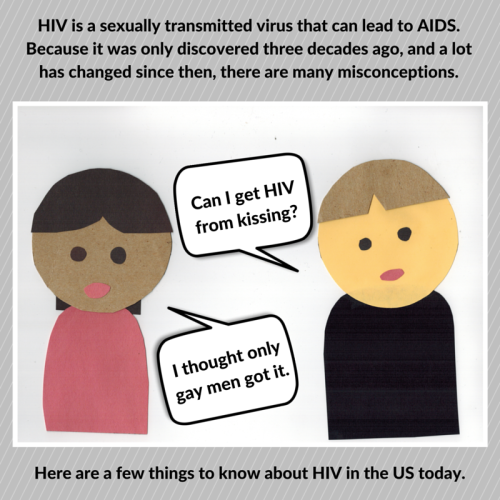
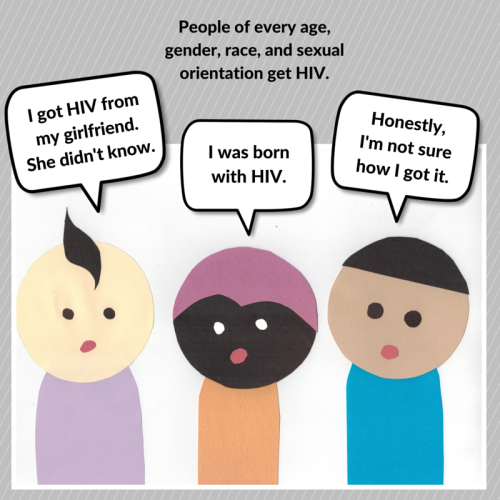
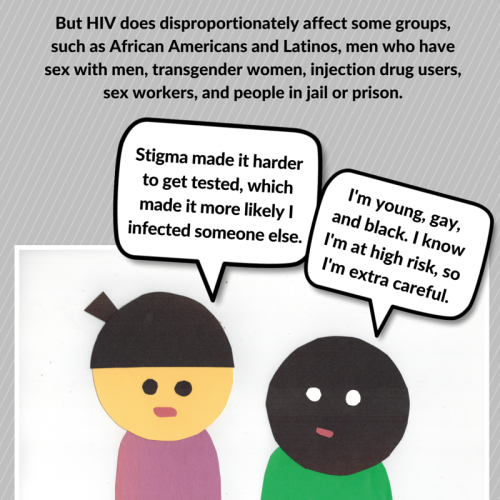
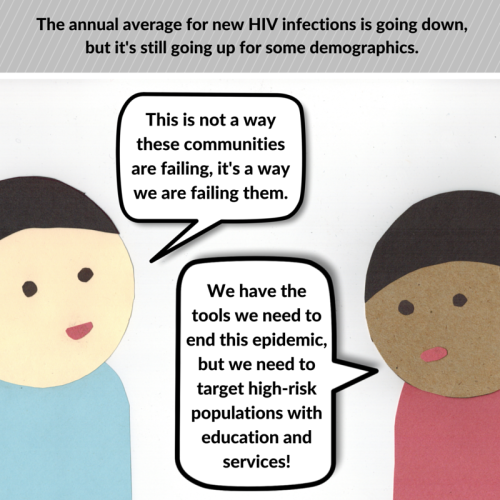


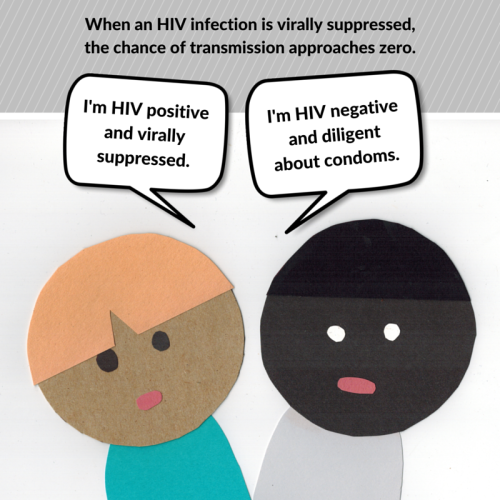
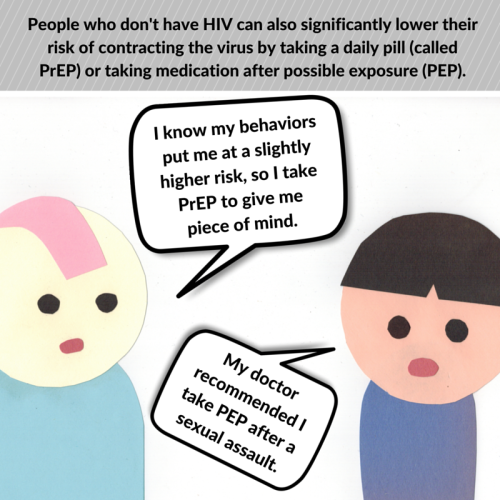
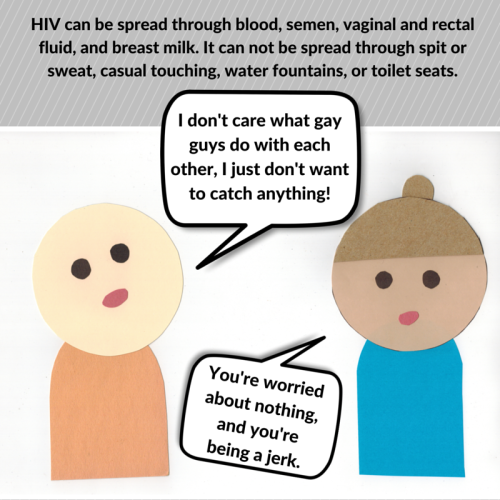
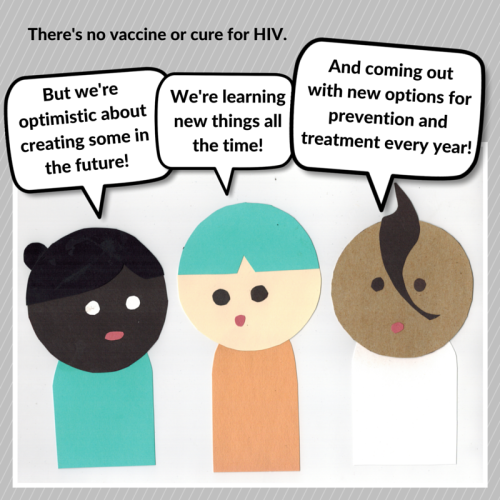
End the epidemic, end the stigma. Understand the actual risks. Donate to a local HIV organziation. Follow SexEdPlus for more stuff like this.




“Imagine if men were as disgusted with rape as they are with periods,” street art activist Elonë writes on one pad. This particular message embodies her project’s aim: On one hand, women’s bodies are vandalized, harassed and objectified. On the other, they are often erased when it comes to the reality of menstruation. This is the exact conversation we need to be having.




It Ain’t Easy Bein’ Cheez-y
Mac N’ Cheez (#bestcatnameever) is a 7-week-old kitten whose hind legs are temporarily paralyzed. So, the good folks at Massapequa Pet Vet built him a “wheelchair” out of K’nex. While they work on his treatment, he gets to scoot around the office on his rad new rig.
Godspeed, Mac N’ Cheez and get well soon.
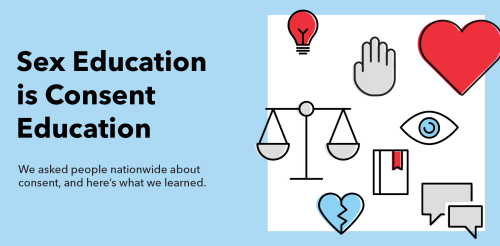

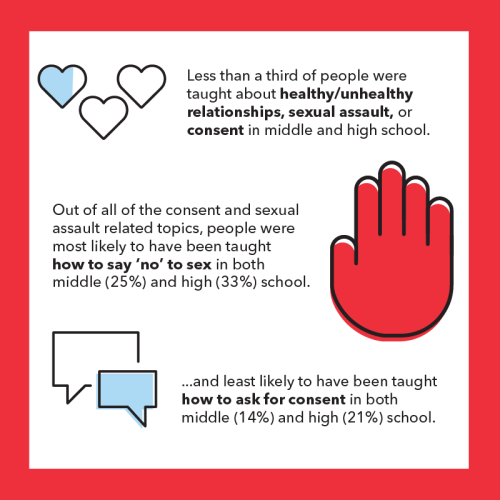
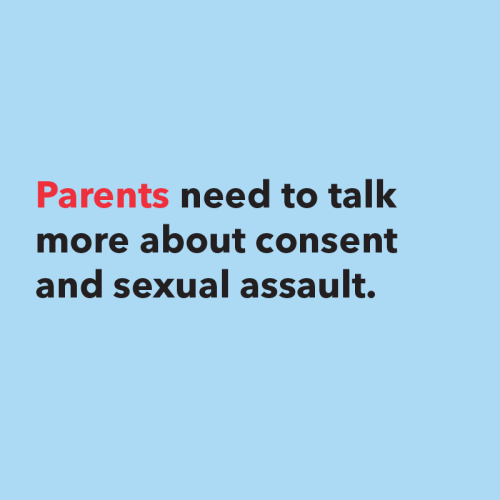
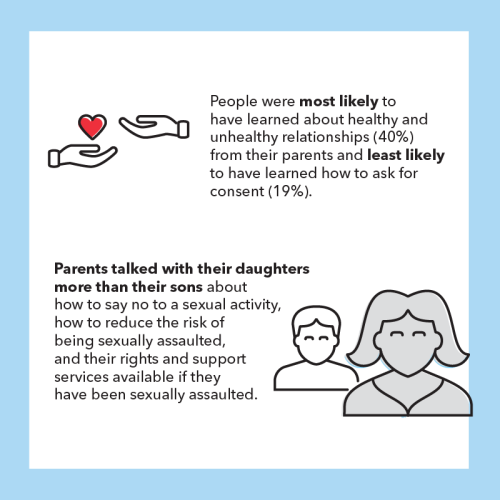
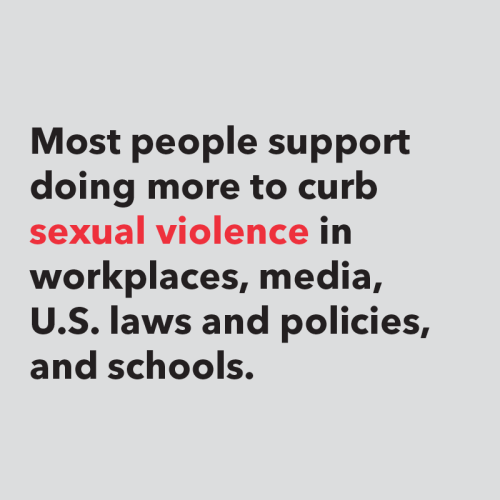
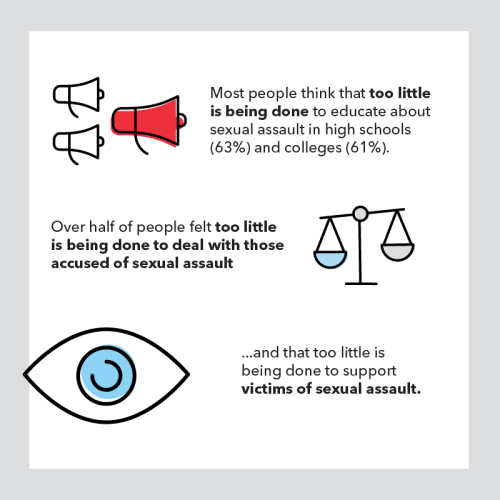
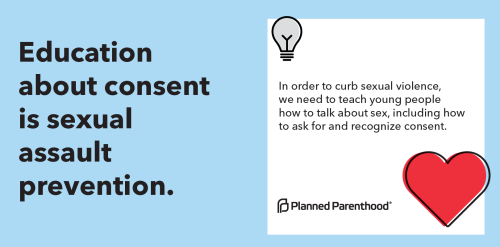
Our new survey data is clear:
Most people have not received any education about what consent is, what it looks like, or how to do it. This needs to change.
Education about consent is sexual assault prevention.





Life in Technicolor: Glasses for the colorblind
With so much of our world color-coded, life can be quite tricky without the ability to see the full range of the rainbow.
For the 13 million Americans (and 300 million people worldwide) with color vision deficiency or blindness, living with the inability to detect red, blue, green or a mixture of these colors means having to learn to discern traffic lights or subways lines based on order and patterns rather than color, or having to ask someone whether the piece of meat they’re about to ingest is actually well-done.
However, EnChroma, one of several emerging startups founded by University of California alums, is changing the way people with color vision deficiency experience the world. They make eyewear that corrects for the most common color blindness.
According to Marc Levin, a neuro-ophthalmologist at UCSF, the lenses work by changing how light is received by the brain for those whose eyes lack sensitivity to red and green light wavelengths. It filters out light that the red and green light-absorbing molecules/photopigments in our eyes sense most similarly. This helps the brain receive more distinct color wavelength information.
While their glasses currently only work for people with red-green color blindness, the company hopes to eventually create lenses that will also help individuals with more severe color vision deficiencies.
GIF source: Valspar Paint
Follow @ucresearch
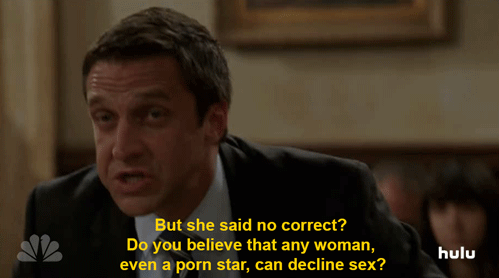
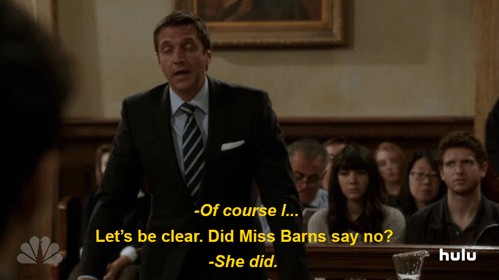
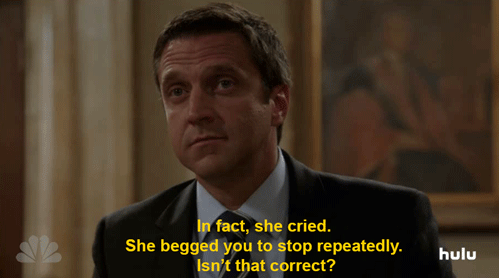
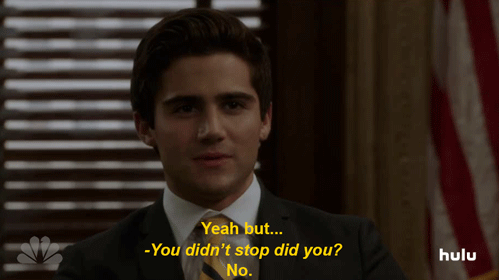
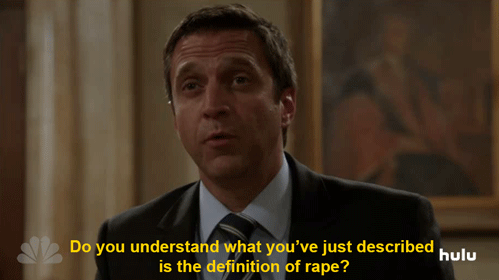
This is how all rape trials should go. Especially those of people who work in the sex industry because, unfortunately, some people take their profession as consent.
Maria Fabrizio On Being Subtle

(Illustration for “How A Woman’s Plan To Kill Herself Helped Her Family Grieve”)
Maria Fabrizio is an artist working out of Columbia, South Carolina. During the week she illustrates news headlines for her blog, Wordless News.
From mental health issues to how listening to music can speed up healing, Maria has transformed difficult-to-visualize health issues into provocative illustrations that balance sensitivity. As a visual producer for Shots, I often call Maria when we have a tough story that could benefit from a smart and emotional concept.
So I called her up to chat about it. Our discussion has been edited for clarity and length.
Health issues can be particularly difficult to illustrate. How do you tease out ideas from challenging topics like mental health, aging, fertility—many of which are more internal?
A lot of times like that you can’t use photography because you don’t want to show an actual person. You want to make the concept broad enough so that people can reflect on it or put themselves in that position.
I like to start off with a metaphor. There was a piece earlier in the year on suicide and dementia, and deciding when the right time to go was. I thought of winter. And the feeling that winter is a time when things are dying. There’s also this bird flying away and this woman is letting it go. She’s making that decision. The timing was right. It’s hard to find the right level of sensitivity and abstractness so people can project onto topics that are difficult.


(Top: Illustration for “If You Have Dementia, Can Hasten Death As You Wish?” Bottom: Illustration for “Women Want To Stay In The Game, But Life Intervenes”)
One of our favorite illustrations is the fireflies… what was the story behind that?
It was in the summer. I remember feeling like, “I don’t know how I’m going to do this.” At the same time I got the assignment I had been reading this blog by Eric Meyer– he is a coder and internet guru. His daughter was dying of brain cancer. She was young, five years old, and I was reading this blog and reading the piece you sent and I was so depressed. I went out on my back porch. The fireflies were coming out super early. The piece you sent me was all about this woman being surrounded by her family before she decided to end her life.
That was the only sketch I sent for that one. And I just said, “I hope this works.”
You’ve talked before about the importance of subtlety. It made me think of this one you made for a story on drinking and where the line exists between having had just enough and too many. The woman’s body posture hints at what she’s thinking. I’m remembering that you reworked her posture to get it right.


Being subtle or being quiet, especially for something like decision-making, is crucial in getting that tension right. In this one, I drew her like 15 times. She’s looking down, her left foot is way off the glass but she also looks really relaxed. I wasn’t drinking when I made this, but I did try and get in the mindset—ok, what does it feel like when you’ve had a couple drinks and you’re relaxed and you’re like should I have another one? And I felt like the martini glass was the right level of fragile for the concept. It’s all very subtle.

Illustration for “Rethinking Alcohol: Can Heavy Drinkers Learn To Cut Back?”
All illustrations by Maria Fabrizio for NPR




Skull Armchair
This part is very representative and in line with Gregory Besson creations, who is working on the vanities revisited since 2008. It connects aesthetics and timeless questioning, that the human has against death. Sitting on death and having fun on it is like trying to forget death a moment. The user of this chair will be backwards to death, maybe trying to outsmart it ? This true masterpiece appeals to old and recent techniques for its manufacture.The body of the skull is made of polyester, this technique is used by many carver since the 60s. The seat is leather and installation is Chesterfield type, which requires techniques of 18th century. Different unique finishes are coming and will be available. Get yours here
Creativity and Mental Illness

At one point or another, most of us have heard the stereotype of the mad genius or the creative genius who suffers from mental illness(es). Think about of historically famous or influential painters and writers who had unstable lives–some went as far as committing suicide.
The problem? This is only anecdotal evidence. It doesn’t really give us data that is reliable and objective. But what do the studies say?
Contrary to what this image claims, the link between creativity and mental disorders like anxiety, depression, and bipolar disorder is not as clear cut. The primarily reason is because not many studies have looked at mental illness and creativity. Furthermore, ‘mental illness’ is an umbrella term that covers many different illnesses or disorders. So naturally there are even less studies looking at particular mental disorders and creativity.
Creativity and Depression
Silvia and Kimbrel (2010) summarize the small research that has looked for a potential depression-creativity link. They note that while some studies have found moderate positive correlations between depression and creativity, others have found negative correlations. They conclude that “the evidence for a depression-creativity link is clearly inconsistent.”
Creativity and Anxiety
They further point out that even less studies have been done to evaluate an anxiety-creativity link. One study looked at anxiety, depression, and personality disorders as a whole without distinguishing the individual disorder-creativity links. Two other studies they summarize looked at shyness, an aspect of social anxiety spectrum; one study found that shy preschoolers were rated less creative by teachers, while the other found that shy female college students were less creative in a poem-writing task.
“Taken together,” write Silvia and Kimbrel, “these studies suggest that shyness (and by extension social anxiety) may be associated with less creativity” [emphasis of “may” on my part]. However, if this link does exist, it doesn’t necessarily mean that anxiety in general is negatively correlated with creativity, or vise versa–more research is needed to establish if a link exists at all..
Creativity and Bipolar Disorder
What about a bipolar disorder-creativity link? A book chapter by Lloyd-Evans, Batey, and Furnham (2006) reviewed biographical and psychiatric research studies to examine if a relationship exists.
Biographical studies work by collecting biographical data of historical individuals considered highly creative–say, Edgar Allan Poe–and searching for explicitly documented mental illnesses or clues that imply the existence of a disorder to developing a retrospective diagnosis. Evans and co-writers note that while biographical studies seem to suggest a positive correlation between bipolar disorder and creativity, they have serious limitations and can’t establish a definitive link. For example, they point out that Vincent van Gogh has been retrospectively diagnosed with different mental illnesses by different clinicians. Furthermore, they note that “it is always possible to find biographical material that appears to support a specific hypothesis and the same information might well be used to link alcoholism and creativity” (120).
Psychiatric research studies look at persons who have been diagnosed with certain mental disorders, in this case bipolar disorder, and give them different creativity measurements to see how they differ from “normal” participants. These studies, too, point to a potential positive bipolar disorder-creativity link but were not without limitations. Some of these studies had potentially biased samples and/or no control groups. And another study didn’t show a significant correlation.
Conclusion
Clearly, things are not as simple as the images implies. A definitive link between these mental disorders and creativity has not been established yet primarily because the research is lacking, and the few available studies have methodological limitations. Here is a quick summary:
The limited literature on depression-creativity is inconsistent. Some studies show a positive correlation, others show a negative correlation.
Studies haven’t really studied anxiety-creativity. The available literature looks at shyness–which lies in the social anxiety spectrum–and has provided some evidence that there is a negative relationship between shyness, or social anxiety, and creativity.
Slightly more research has examined bipolar disorder and creativity. These studies fall into two categories: biographical and psychiatric studies. Both of these methods show a tentative link (positive) between bipolar disorder and creativity, but because of certain limitations, more research is warranted to definitively establish the correlation.
To make things more complicated, we have to consider how creativity is defined and measured, and the severity of the particular mental disorder. Lastly, if we can’t be 100% sure there exists a correlation between these mental disorders and creativity, how can we possibly say that one causes the other like the image suggests? We simply can’t.
Reference:
Lloyd-Evans, R., Batey, M., & Furnham, A. (2006). Bipolar disorder and creativity: Investigating a possible link. In A. Columbus (Ed.), Advances in Psychology Research, Volume 40. (pp. 111-142). NY: Nova Science Publishers.
Silvia, P. J. & Kimbrel, N. A. (2010). A dimensional analysis of creativity and mental illness: Do anxiety and depression symptoms predict creative cognition, creative accomplishments, and creative self-concepts? Psychology of Aesthetics, Creativity, and the Arts, 4, 2-10.

-
 slylevitts liked this · 5 years ago
slylevitts liked this · 5 years ago -
 senatashome liked this · 5 years ago
senatashome liked this · 5 years ago -
 limitless-mess liked this · 8 years ago
limitless-mess liked this · 8 years ago -
 er-zico reblogged this · 8 years ago
er-zico reblogged this · 8 years ago -
 tarquaris liked this · 8 years ago
tarquaris liked this · 8 years ago -
 andreiaeo liked this · 9 years ago
andreiaeo liked this · 9 years ago -
 theothersideofvirgo reblogged this · 9 years ago
theothersideofvirgo reblogged this · 9 years ago -
 astrochology reblogged this · 9 years ago
astrochology reblogged this · 9 years ago -
 luz-lunatica liked this · 9 years ago
luz-lunatica liked this · 9 years ago -
 that-one-anarchist-blog reblogged this · 10 years ago
that-one-anarchist-blog reblogged this · 10 years ago -
 that-one-anarchist-blog liked this · 10 years ago
that-one-anarchist-blog liked this · 10 years ago -
 senefra liked this · 10 years ago
senefra liked this · 10 years ago -
 glumshoe liked this · 10 years ago
glumshoe liked this · 10 years ago -
 a-n0vel-n0velist liked this · 10 years ago
a-n0vel-n0velist liked this · 10 years ago -
 drripley reblogged this · 10 years ago
drripley reblogged this · 10 years ago -
 pandaa-kun-blog1 reblogged this · 10 years ago
pandaa-kun-blog1 reblogged this · 10 years ago -
 roombetweentheworlds reblogged this · 10 years ago
roombetweentheworlds reblogged this · 10 years ago -
 roombetweentheworlds liked this · 10 years ago
roombetweentheworlds liked this · 10 years ago -
 pea-pods-are-the-future liked this · 10 years ago
pea-pods-are-the-future liked this · 10 years ago -
 infear-ihated reblogged this · 10 years ago
infear-ihated reblogged this · 10 years ago -
 chitarra10 reblogged this · 10 years ago
chitarra10 reblogged this · 10 years ago -
 playboyfarti reblogged this · 10 years ago
playboyfarti reblogged this · 10 years ago -
 onlythingbetterthanhairspray reblogged this · 10 years ago
onlythingbetterthanhairspray reblogged this · 10 years ago -
 onlythingbetterthanhairspray liked this · 10 years ago
onlythingbetterthanhairspray liked this · 10 years ago -
 eastwindmoriarty liked this · 10 years ago
eastwindmoriarty liked this · 10 years ago -
 failedcasanova liked this · 10 years ago
failedcasanova liked this · 10 years ago -
 speechbabe reblogged this · 10 years ago
speechbabe reblogged this · 10 years ago -
 pandaa-kun-blog1 liked this · 10 years ago
pandaa-kun-blog1 liked this · 10 years ago -
 dyspathetic liked this · 10 years ago
dyspathetic liked this · 10 years ago -
 njolraas liked this · 10 years ago
njolraas liked this · 10 years ago -
 suldrunsgarden reblogged this · 10 years ago
suldrunsgarden reblogged this · 10 years ago -
 riverxsaint reblogged this · 10 years ago
riverxsaint reblogged this · 10 years ago -
 thedeductionguide reblogged this · 10 years ago
thedeductionguide reblogged this · 10 years ago -
 perceptivelogic reblogged this · 10 years ago
perceptivelogic reblogged this · 10 years ago -
 perceptivelogic liked this · 10 years ago
perceptivelogic liked this · 10 years ago
Dear Readers,Welcome to my personal blog. I'm Sabyasachi Naik (Zico,24).An Agnostic,deeply NON religious(atheist), and Secular Progressive Civil Engineer . I'm brown and proud to be an Indian tribe. “I want to say a word to the Brahmins: In the name of God, religion, sastras you have duped us. We were the ruling people. Stop this life of cheating us from this year. Give room for rationalism and humanism.” ― Periyar E.V. Ramasamy
198 posts